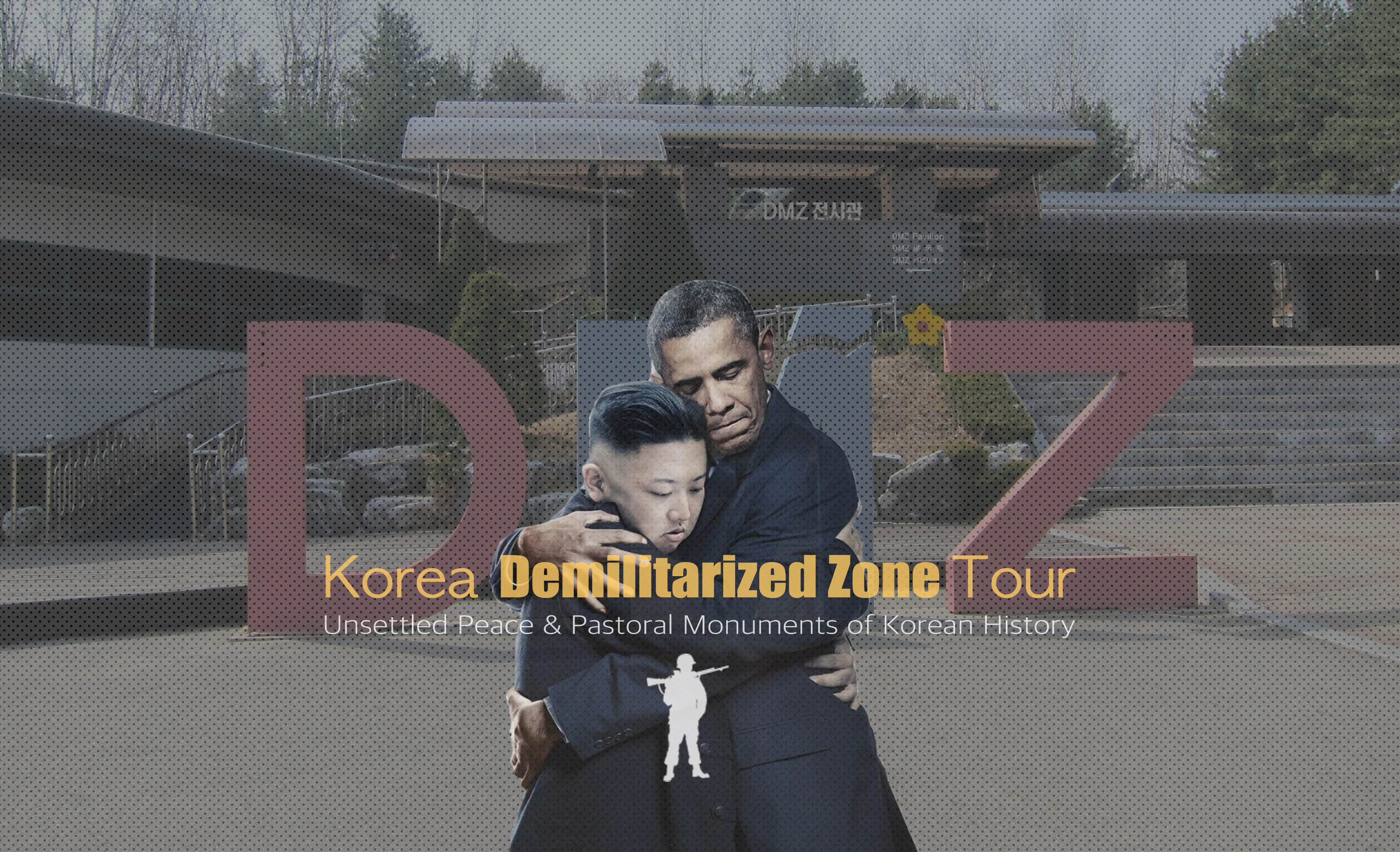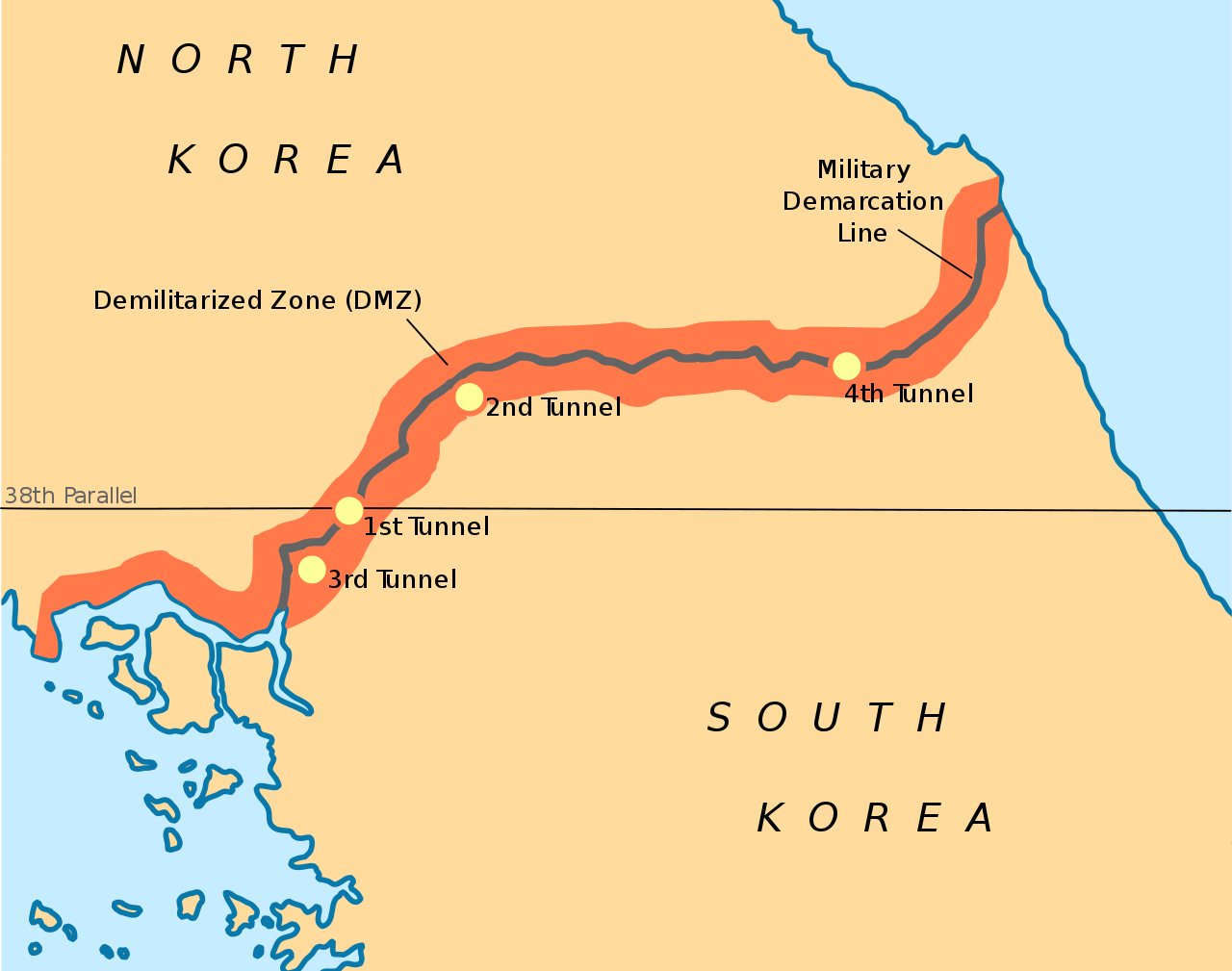This tour could be canceled if the number of participants less than 5 people.
If the tour is canceled due to lack of the participants, you can change an alternative date or get full refund.

We have devoted to create these tour programs to give tourists an accurate understanding of the North Korean regime and the implications of its policies and philosophy on the countries around it, as well as the rest of the world. This tour hopes to appeal to the international community to actively support the reunification of the Korea peninsula which South Koreans have been longing for. This program is a special tour you can only experience through our company.
The Demilitarized Zone (DMZ)
Unsettled Peace & Pastoral Monuments of Korean History
The Korean peninsula is home to a single nation of people with the same language and ethnicity, divided in two. The Demilitarized Zone (DMZ) is a buffer zone, which was established on July 27, 1953 when the Armistice Agreement was signed during the Korean War. The DMZ vividly captures the scars and wounds of the Korean War as well as the wishes and hopes for the future.

South and North Koreas drew a truce line across the Korean Peninsula, from the mouth of the Imjingang River in the east, to the town of Goseong in the west. On either side of the truce line is a 2km-wide stretch of land where military activity is forbidden. The zone has been protected from human disturbance for about 6 decades and has become a haven for wildlife. The destinations in this ecological area have been regaining popularity among eco-driven tourists. The following information will introduce the major attractions along the DMZ and related package tours visiting the nearby regions.
Tips: Reminder for DMZ Travelers
The Demilitarized Zone (DMZ) extends largely from Gyeonggi-do to Gangwon-do, including seven different cities and smaller counties (called ‘gun’ in Korean) of Paju, Yeoncheon, Cheorwon, Hwacheon, Yanggu, Inje and Goseong. Thus, to make the most out of your limited time, it is advised to make a plan in advance for which region you would be most interested in visiting. After choosing one area, it will be much easier for you to look around the nearby attractions, centering on and around your choice of DMZ destination.
More importantly, you are required to bring legitimate form(s) of identification and/or your passport when going to the DMZ. Photography is another item that should be considered. Although it is a highly restricted action in many of these areas, you will still have plenty of photo ops at multiple designated areas.
Tourists must bring passport on tour day.
Consumption of alcohol is strictly prohibited.
The cameras with over 90mm zoomming lens are not allowed. DMZ tours may be cancelled at any moment during the day of the tour if a particular situation arises in DMZ.
※ Note: Please arrive at Panmunjom Travel Center (PTC) desk by 07:50
Take the Freedom Highway to Odusan Unification Observatory
– Special video (10 min.): “Yesterday, Today and Tomorrow”
– Lecture, Q&A with N.Korean speaker
– N.Korean artist performance (Only when tour group is 50+ people)
– Reunification Center exhibit hall
3rd Infiltration Tunnel, Dorasan station,Dora Observatory by DMZ shuttle Bus Service
We have devoted to create these tour programs to give tourists an accurate understanding of the North Korean regime and the implications of its policies and philosophy on the countries around it, as well as the rest of the world. This tour hopes to appeal to the international community to actively support the reunification of the Korea peninsula which South Koreans have been longing for. This program is a special tour you can only experience through our company.
